What is Printing.
Printing typically refers to the process of reproducing text and images on paper or other materials using various techniques such as offset printing, digital printing, or screen printing. It’s a method of transferring text and images onto a physical surface for distribution or preservation. Printing has been a fundamental technology for communication and dissemination of information for centuries, evolving from manual methods like block printing to modern digital printing technologies.
Table of content
Printing Types
- Latex printing
- Flex printing
- Screen printing
- Solvent printing
- UV Printing
- Sublimation Printing
- Offset printing
1.Latex Printing

Latex printing is a modern printing technology that uses water-based latex inks instead of solvent-based inks. This method is commonly used in large-format printing for items like banners, posters, signage, and vehicle wraps. Latex printing offers several advantages over traditional solvent-based printing.
Pros: Latex Printing Offers environmentally friendly water-based inks, high durability, and versatility.
Cons: Latex Printing Can involve higher initial costs and may have a slightly limited color gamut compared to solvent-based printing.
2.Flex Printing
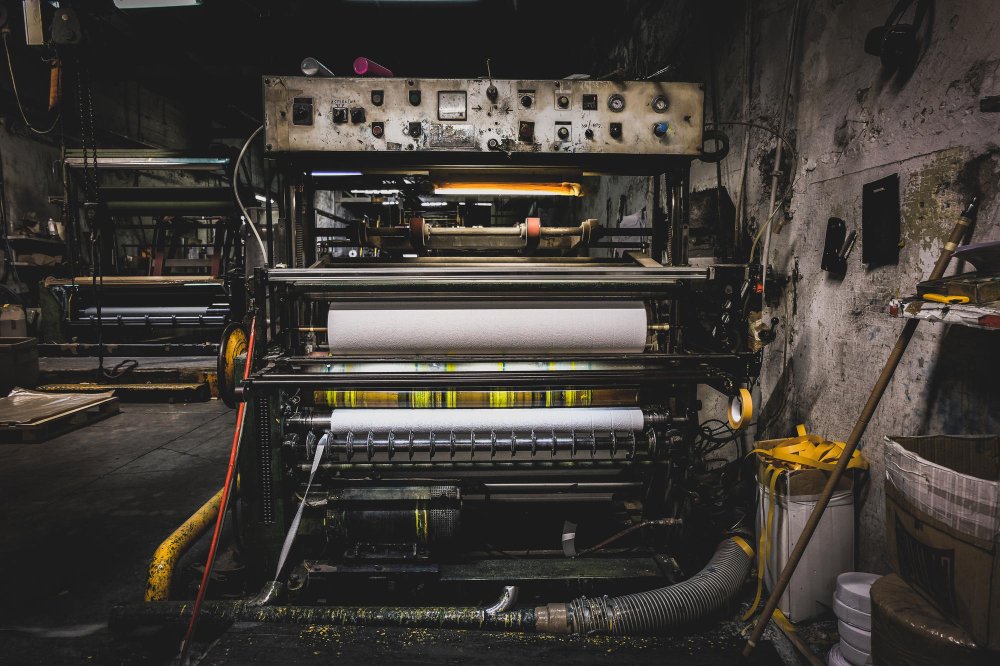
Flex printing, short for flexible printing, is a method where designs are printed on flexible materials like PVC (polyvinyl chloride) sheets using digital printing technology. It’s commonly used for outdoor signage, banners, vehicle wraps, and other large-format advertising displays.
Pros: Flex Printing cost-effective for large-scale production, versatile for various applications like banners and signage, and offers vibrant colors and high-resolution printing
Cons: Flex Printing not suitable for intricate designs or fine details, limited to flat or slightly curved surfaces, and may not be as durable as some other printing methods for outdoor use.
3.Screen Printing
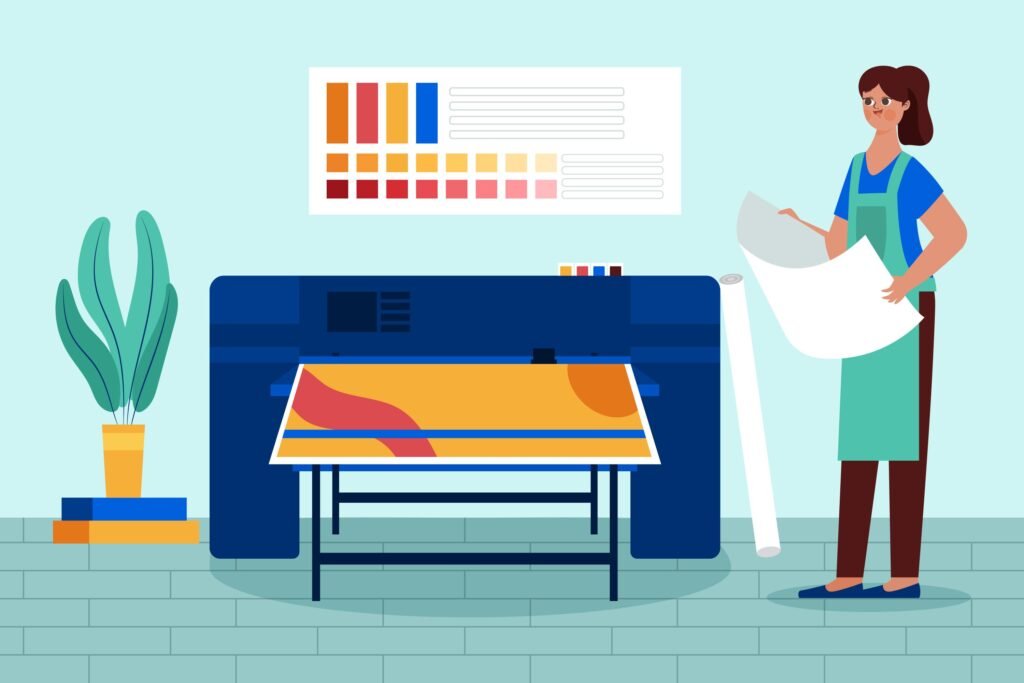
Screen printing, also known as silk screening, is a printing technique where a mesh screen is used to transfer ink onto a substrate, such as paper, fabric, or plastic. A stencil, or “screen”, is created on the mesh screen, with areas blocked off where ink should not penetrate. Ink is then pushed through the mesh onto the substrate using a squeegee, creating the desired design. Screen printing is commonly used for printing on textiles, posters, signage, and promotional items, offering versatility and durability.
Pros: Screen Printing is versatile, durable, vibrant colors, cost-effective for large orders.
Cons: Screen Printing is not suitable for complex designs, setup time, limited color options, not ideal for gradient or photographic prints.
4.Solvent Printing

Solvent printing is a technique that uses solvent-based ink to print designs onto various materials such as vinyl, banners, and canvas. This method is commonly employed in large-format printing for outdoor signage, vehicle wraps, and other applications requiring durable, weather-resistant prints.
Pros: Solvent Printing offers durable, weather-resistant prints suitable for outdoor use.
Cons: Solvent Printing releases volatile organic compounds (VOCs), requires proper ventilation, and may have environmental concerns.
5.UV Printing
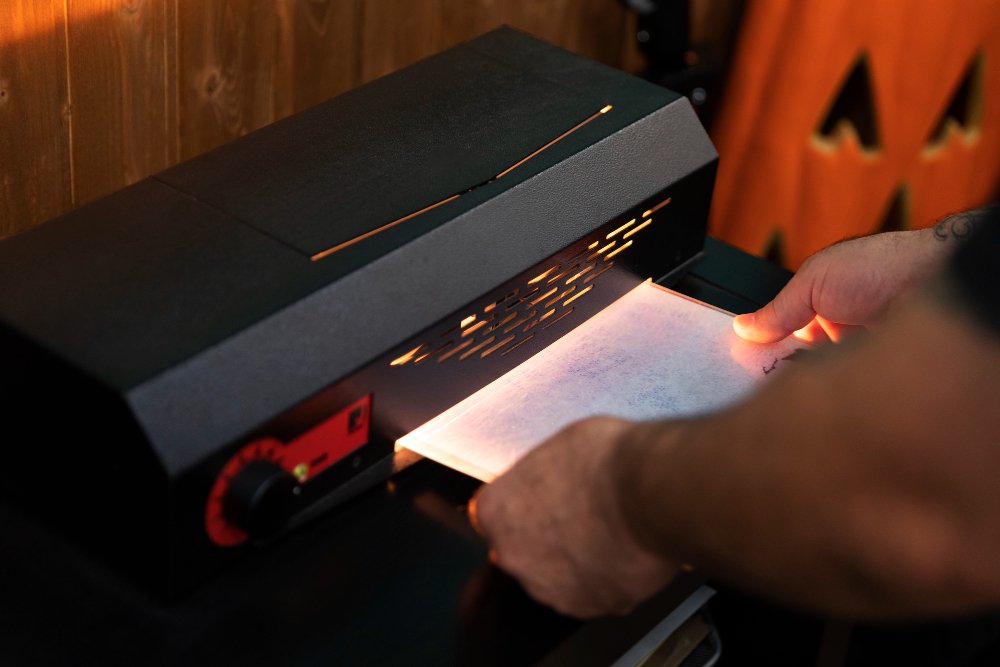
UV printing, or ultraviolet printing, is a digital printing technology where UV-curable inks are cured or dried instantly using ultraviolet light. This method is used to print on various substrates such as plastics, glass, metal, wood, and more. UV printing offers high-quality, vibrant prints with excellent durability and scratch resistance, making it suitable for applications like signage, packaging, and promotional items.
Pros: UV Printing offers high-quality, vibrant prints with excellent durability and scratch resistance.
Cons: UV Printing initial equipment cost can be high, and UV inks may have limited flexibility on certain substrates.
6.Sublimation Printing
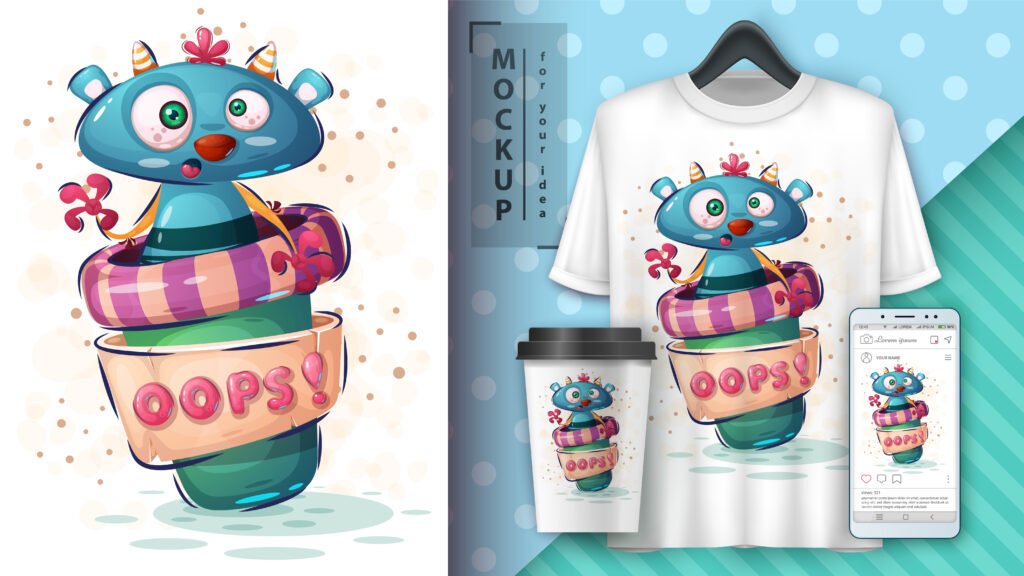
Sublimation printing is a digital printing technique that uses heat to transfer dye onto materials such as fabric, plastic, or paper. The heat converts the solid dye particles into a gas, which then permeates the fibers of the material and solidifies into the fabric or coating. This process creates a long-lasting, vibrant, and high-quality print that is resistant to fading and washing. Sublimation printing is commonly used for items like apparel, mugs, and promotional products.
Pros: It excels in reproducing fine lines and intricate details, making it an optimal choice for seamless, all-over printing. Additionally, it minimizes ink usage during production and conserves water by eliminating ink contact with the fabric and requiring less cleanup.
Cons: Sublimation Printing is limited to polyester-based materials, requires special substrates, and is not suitable for dark-colored fabrics.
7.Offset Printing
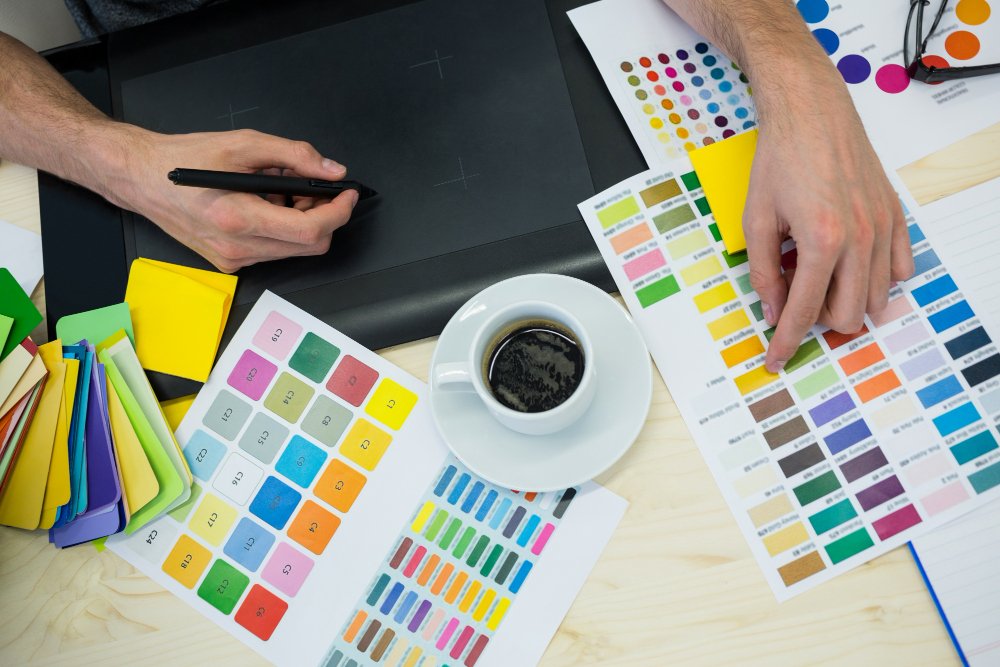
Offset printing is a traditional printing technique where ink is transferred from a metal plate onto a rubber blanket, then onto the printing surface, typically paper. It’s called “offset” because the ink is not directly applied to the paper but transferred first onto a rubber blanket before being printed onto the substrate. Offset printing is widely used for high-volume printing jobs such as magazines, newspapers, brochures, and stationery due to its cost-effectiveness and high-quality results.
Pros: Offset Printing is high-quality, cost-effective for large-volume jobs, and supports a wide range of paper types.
Cons: Offset Printing requires setup time, not ideal for short print runs, and can be less environmentally friendly due to ink and paper waste.